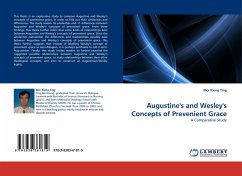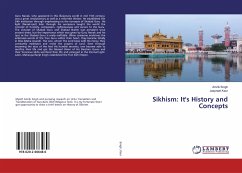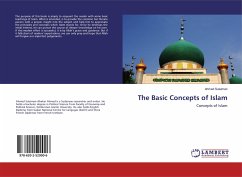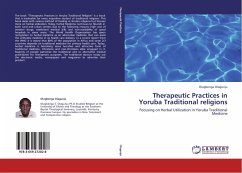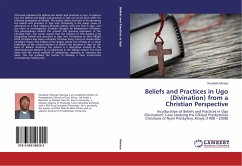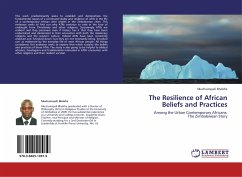With detailed explanations of some moral concepts and cultural elements that smoothened the integration of the Chinese and Indian religious cultures, this book investigates the early development of the two living traditions of Chinese Buddhism, i.e. vegetarianism and liberating animals, and the moral rules and beliefs that have been helping to keep the traditions alive since the 4th century. The two traditions can be concerned as religious cultural creations of the Chinese under the inspiration and stimulation of the Indian Buddhist culture; they are some facets of the outcome directly caused by the encounter of the two great civilisations in ancient time. Through this book the author introduces the reader to the early Chinese acceptance of Indian Buddhism and contributes a tiny jigsaw to the picture of the early history of Chinese Buddhism.
Bitte wählen Sie Ihr Anliegen aus.
Rechnungen
Retourenschein anfordern
Bestellstatus
Storno


